Hi,
Got back today after a couple of days chasing and then an overnight stay in Wagga Wagga. The system although exhibiting great windshear became vertically stacked for the most part. The lower level windshear was better further south in extreme southern Victoria and likely explains the reasoning why storms were far more intense. Sunday produced better windshear in southern NSW and together with heating produced some supercells that congealed into a squall line with some interesting severe echos on radar.
Chase Report 6th March 2010On Saturday, we opted to chase near Deniliquin given we were never going to chase the Victorian cells anyway. There were cells west of Deniliquin that we took a look at, felt outflow and took off east again. On the way to Deniliquin, a few cells developed along an outflow boundary and forming a squall line. The cell that approached from near Hay looked interesting and made a direct hit on Deniliquin. It had a reasonable structure for a while but became outflow dominant very quickly.
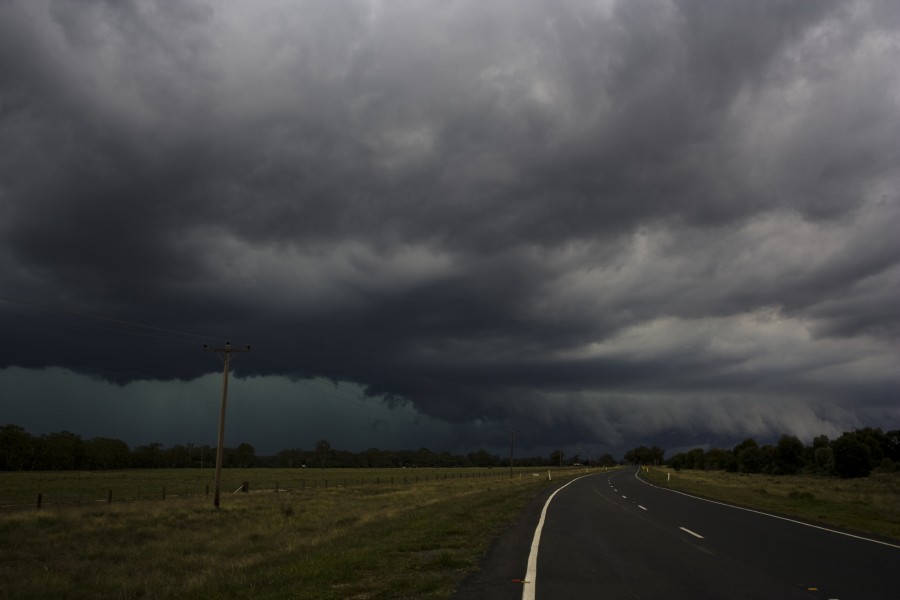 Chase Report 7th March 2010
Chase Report 7th March 2010On Sunday, after a night over in Finley, we headed out to the line of storms developing and already severe warned to the west of Deniliquin. The first storm in the lin approaching the Victorian border had an interesting base but difficult to tell from our perspective. We opted to head further north of Deniliquin which was where discrete cells had developed and even this far out of radar produced some strong echos. These slowly began to congeal into a squall line with perhaps embedded supercells. We interceped and timelapsed these cells with some moderate inflow. Above the surface though, winds were rather strong and also from the east. The inflow and outflow interaction was rather sharp and the wind change rapid. This is behaviour atypical of Tornado Alley squall lines.
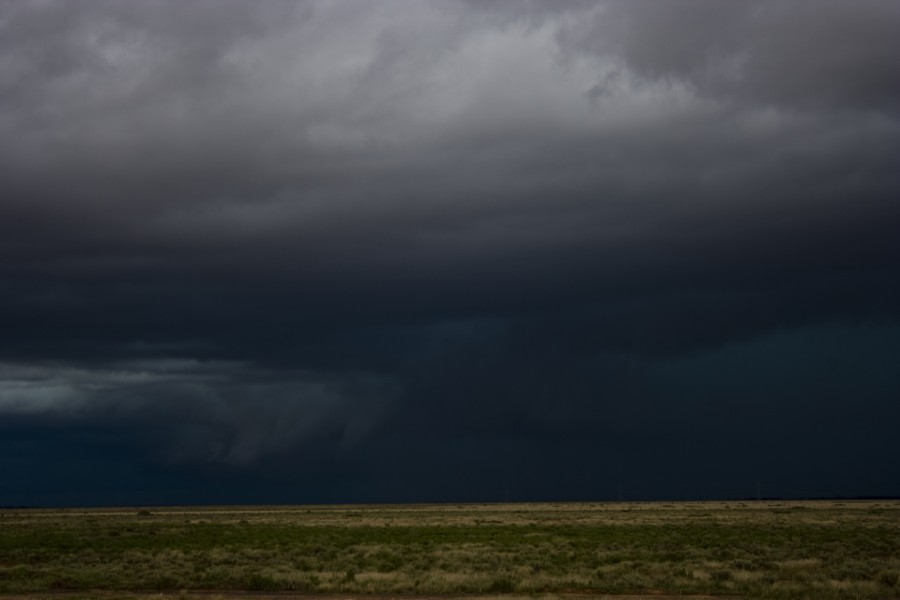
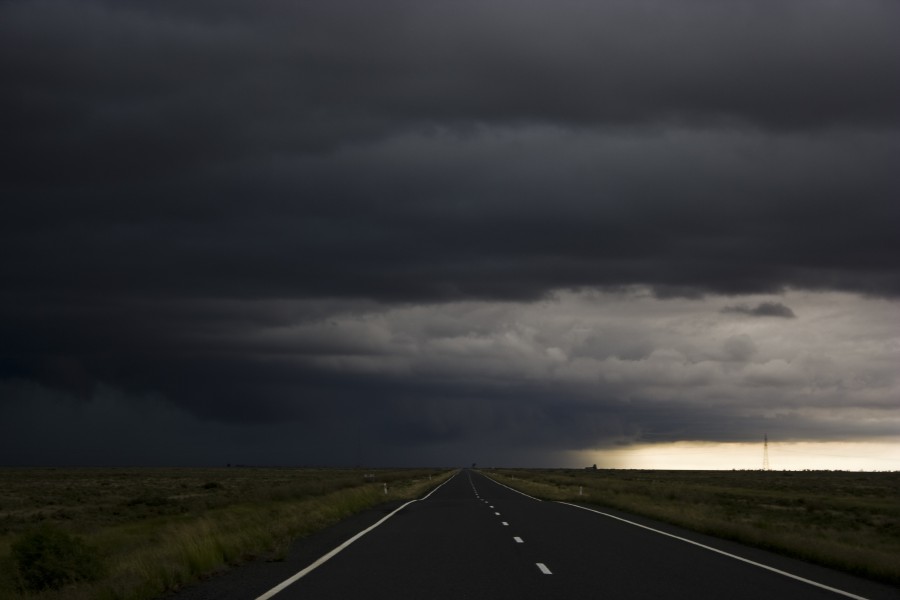
On our treck north, I noted heavy rain and then increased lightning. No sooner than I mentioned we were approaching a core did I hear thumps! From say 2cm hailstones it quickly became 4 to 5cm in diameter. We did stop and the winds had eased with large splashes in the water in the fields. Imelda, Kimberly and Nick all copnfirmed that hailstones larger than the ones we measured had fallen as by the time we got back to measuring these, it was at least 5 minutes or slightly longer. Hailstones were in melt down due to the rain still falling. This was a nice surprise though.
Further east, we attempted to intercept two splitting cells southeast of Griffith though with dwindling fuel supplies and a rapidly developing rain band, these became embedded in the mess. I am glad Nick was able to photograph the right mover which has some interesting structure - though nothing confirmed from our perspective.
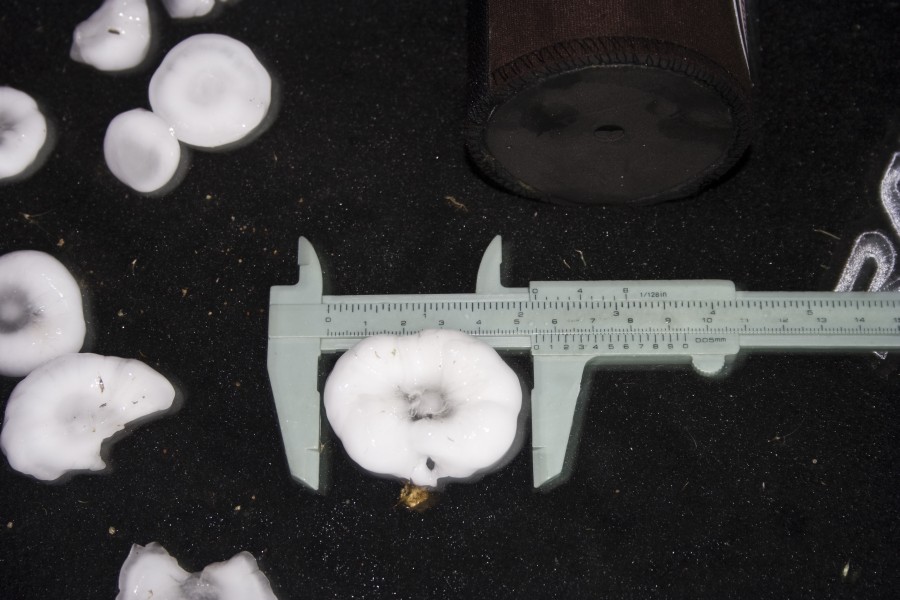
Today, I took a few pictures of the region near Wagga Wagga in flood.
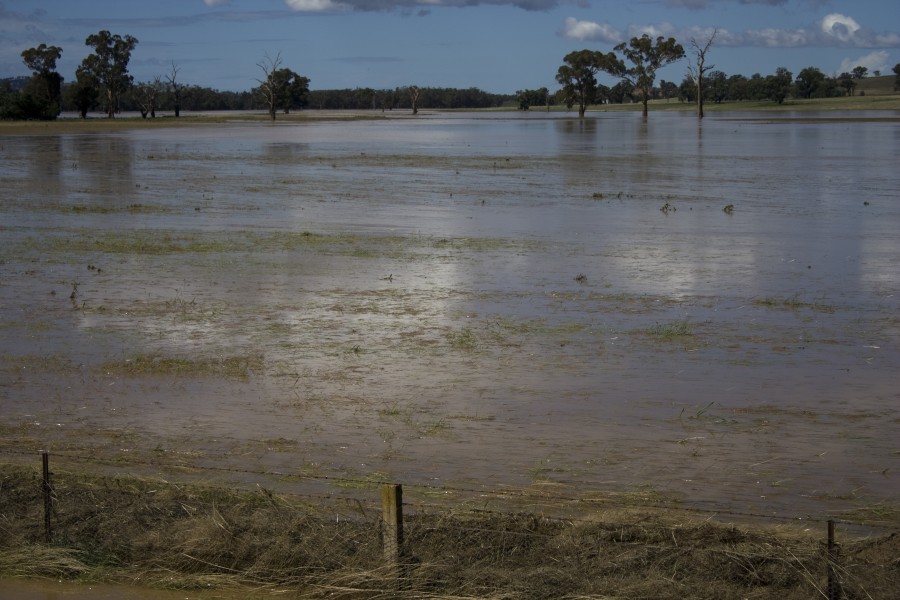
Regards,
Jimmy Deguara